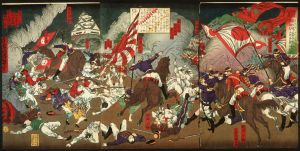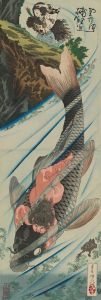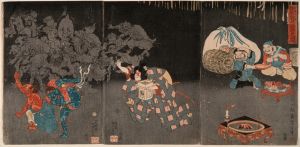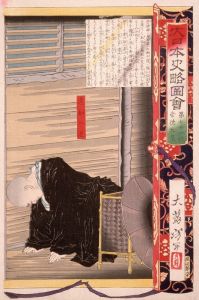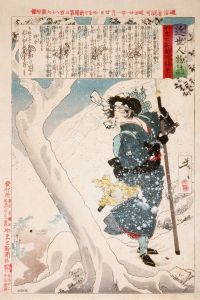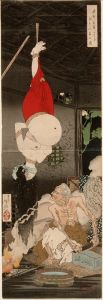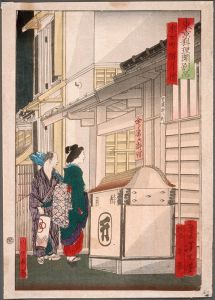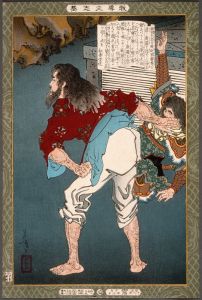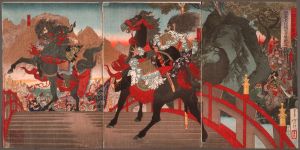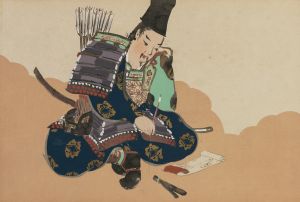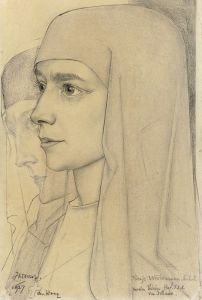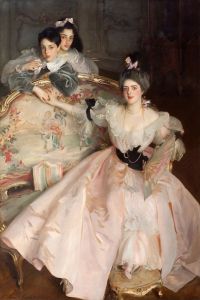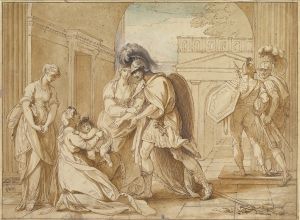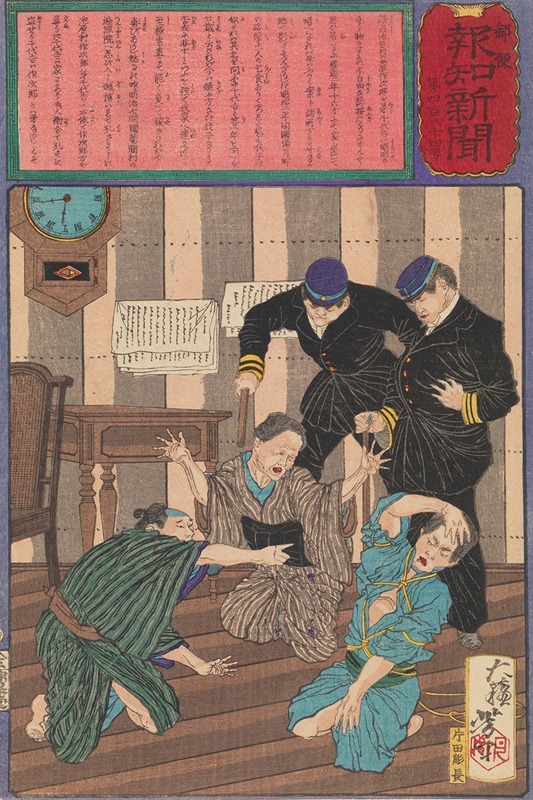
Chiyokichi’s Mother Identifies Him and Solves a Case of Mistaken Identity
A hand-painted replica of Tsukioka Yoshitoshi’s masterpiece Chiyokichi’s Mother Identifies Him and Solves a Case of Mistaken Identity, meticulously crafted by professional artists to capture the true essence of the original. Each piece is created with museum-quality canvas and rare mineral pigments, carefully painted by experienced artists with delicate brushstrokes and rich, layered colors to perfectly recreate the texture of the original artwork. Unlike machine-printed reproductions, this hand-painted version brings the painting to life, infused with the artist’s emotions and skill in every stroke. Whether for personal collection or home decoration, it instantly elevates the artistic atmosphere of any space.
Tsukioka Yoshitoshi (1839–1892) was a prominent Japanese ukiyo-e artist known for his innovative and dramatic woodblock prints. One of his works, Chiyokichi’s Mother Identifies Him and Solves a Case of Mistaken Identity, is part of his broader exploration of storytelling through visual art. This piece reflects Yoshitoshi's interest in historical and dramatic themes, often drawn from Japanese folklore, history, and kabuki theater.
The artwork depicts a pivotal moment of recognition and resolution, where a mother identifies her son, Chiyokichi, and resolves a case of mistaken identity. The scene is rendered with Yoshitoshi's characteristic attention to detail, dynamic composition, and emotional intensity. His use of bold lines and vibrant colors enhances the dramatic tension of the narrative. The print likely draws inspiration from kabuki plays or popular stories of the Edo and Meiji periods, which often featured themes of familial bonds, mistaken identity, and justice.
Yoshitoshi's work emerged during a time of significant cultural and social change in Japan, as the country transitioned from the Edo period to the Meiji era. This period saw the decline of traditional ukiyo-e art due to the introduction of Western printing techniques and modernization. Despite these challenges, Yoshitoshi revitalized the ukiyo-e tradition by incorporating innovative techniques and themes, earning him recognition as one of the last great masters of the art form.
Specific details about the story or historical context of Chiyokichi’s Mother Identifies Him and Solves a Case of Mistaken Identity are not widely documented. However, the piece is consistent with Yoshitoshi's broader body of work, which often emphasized human emotion, dramatic storytelling, and the interplay between traditional and modern influences.
Yoshitoshi's legacy continues to be celebrated for his contributions to Japanese art, particularly his ability to capture complex narratives and emotions in a single frame. His works remain influential and are studied for their artistic and cultural significance.





